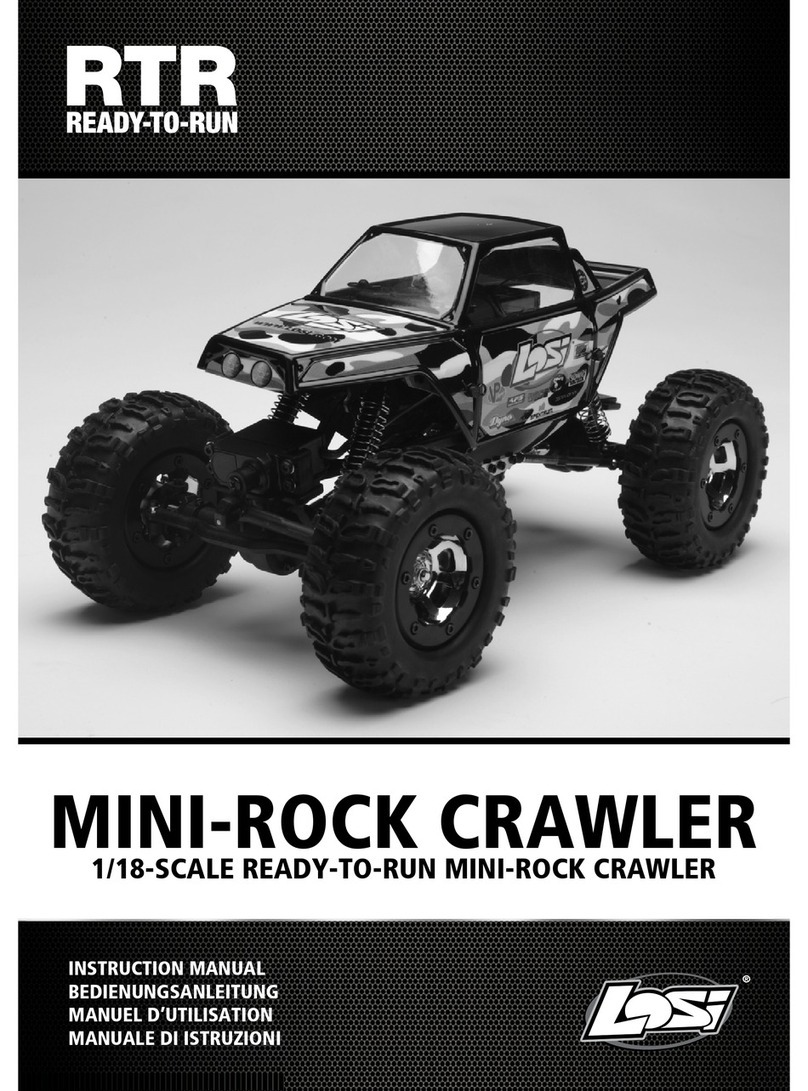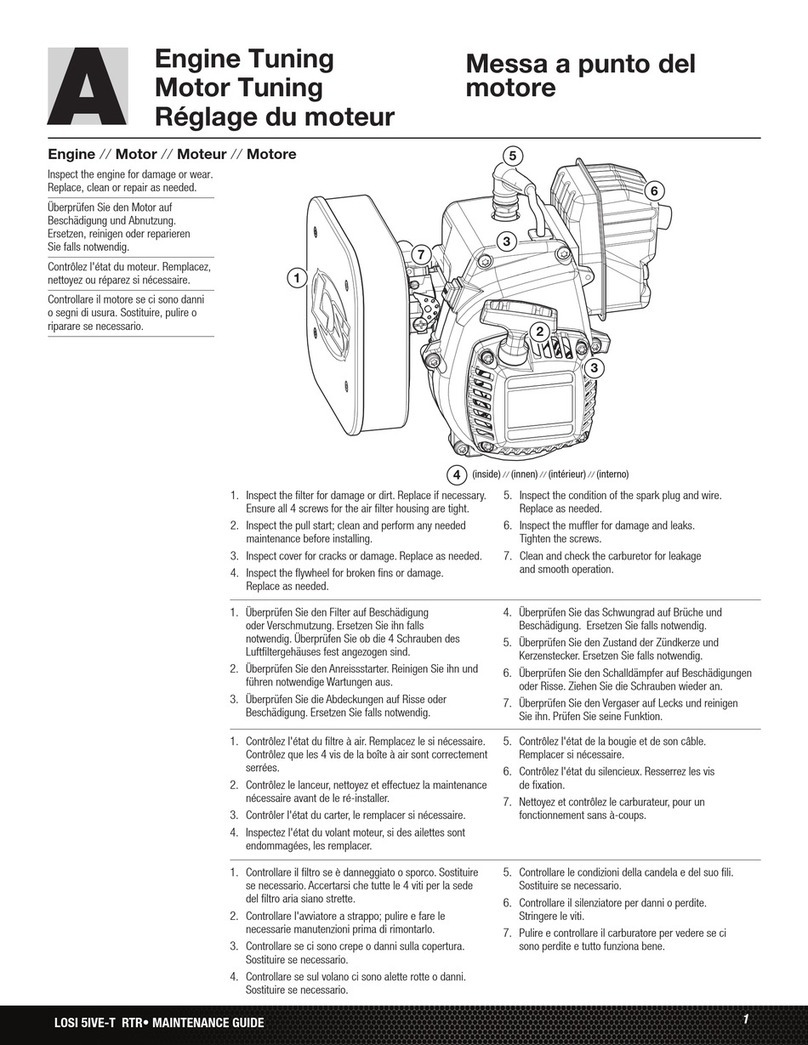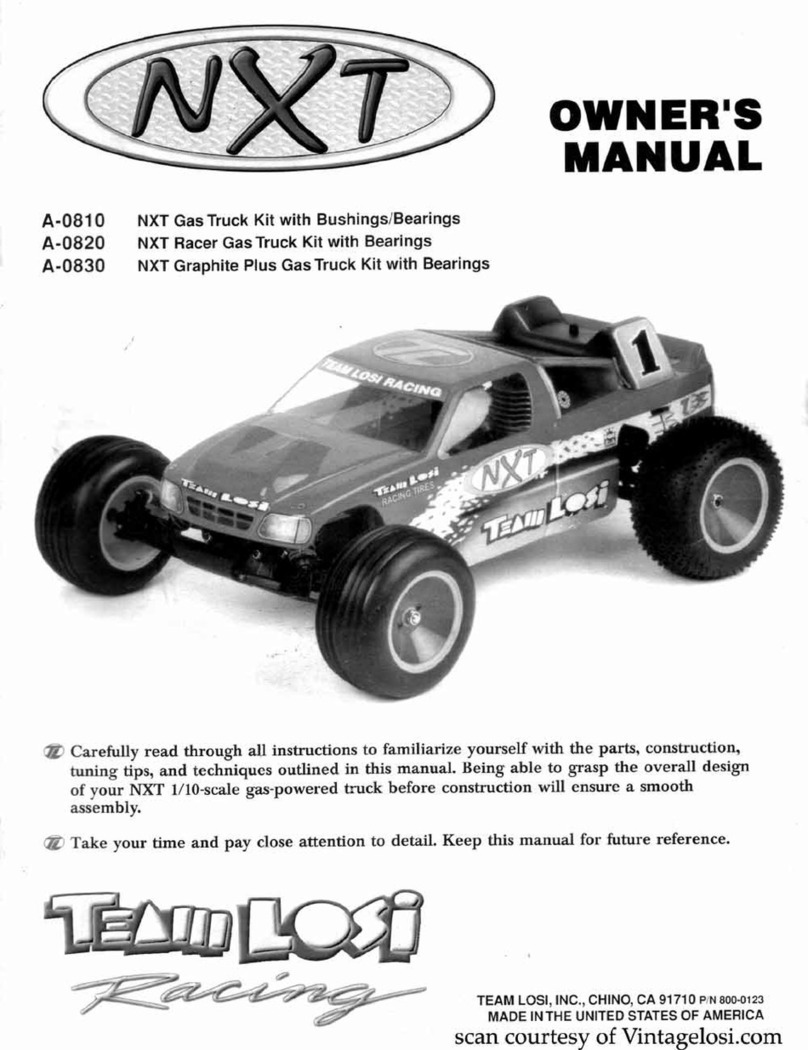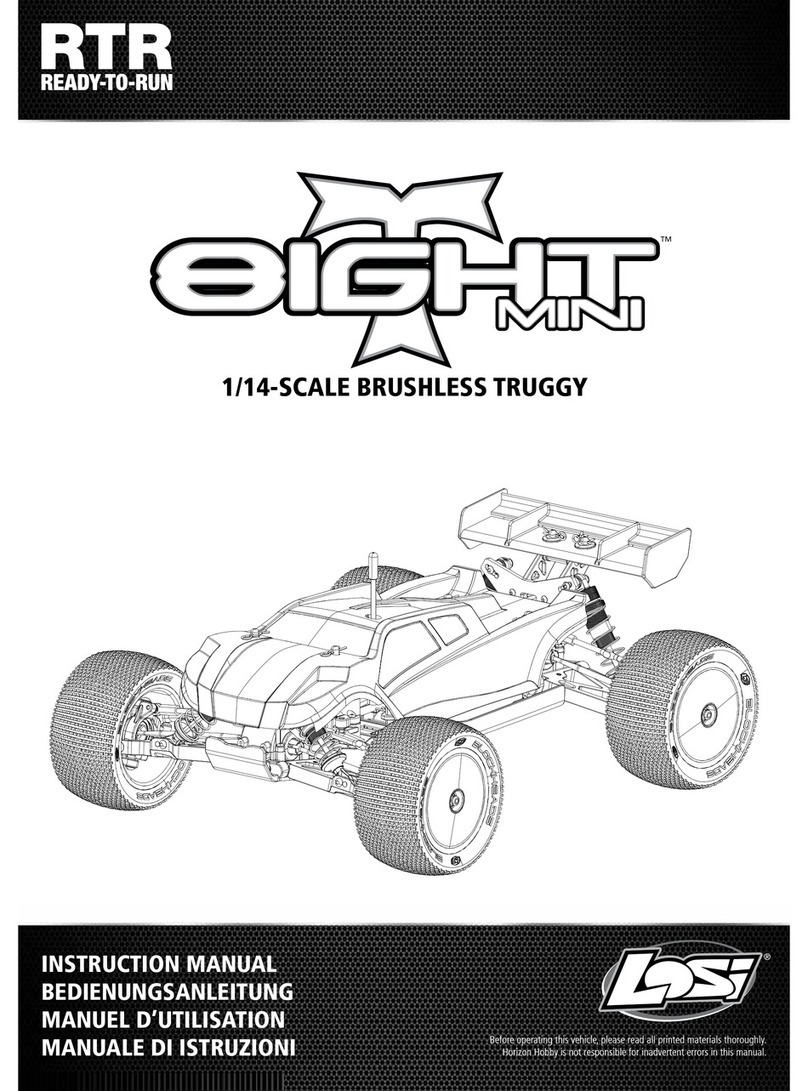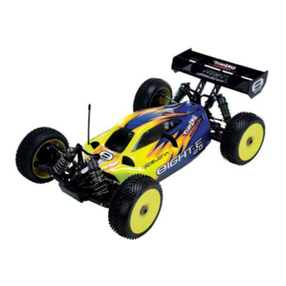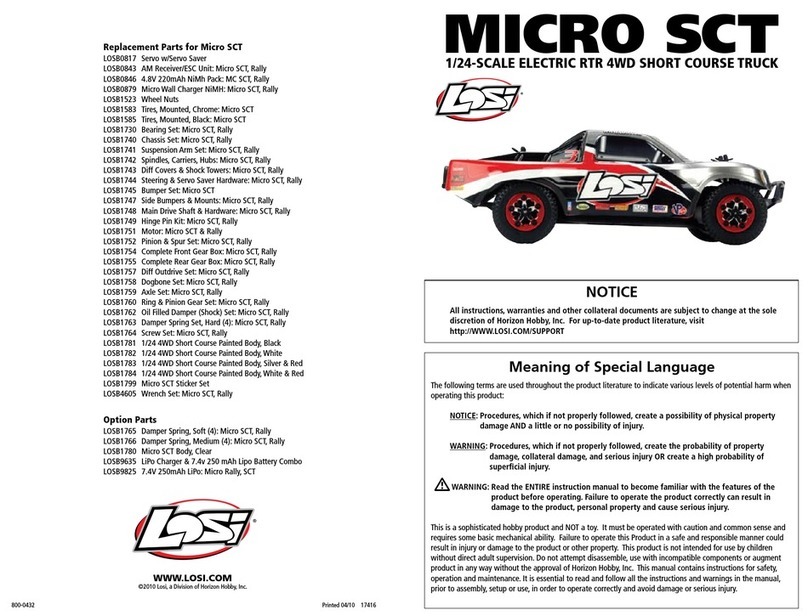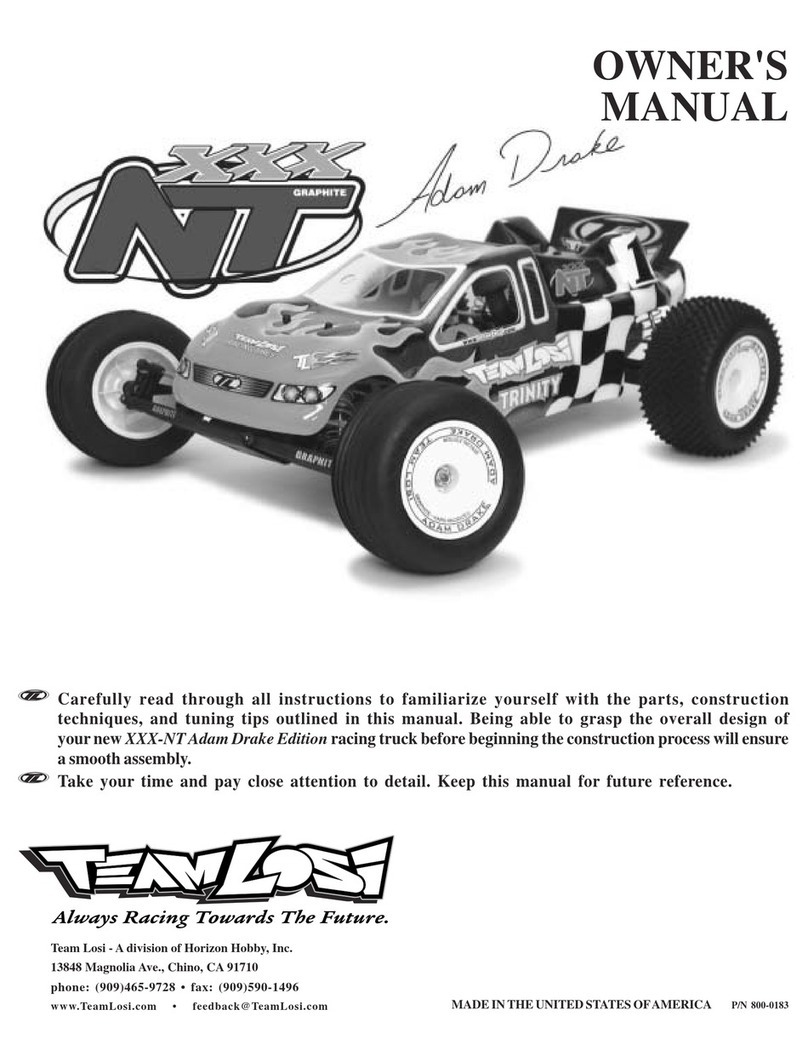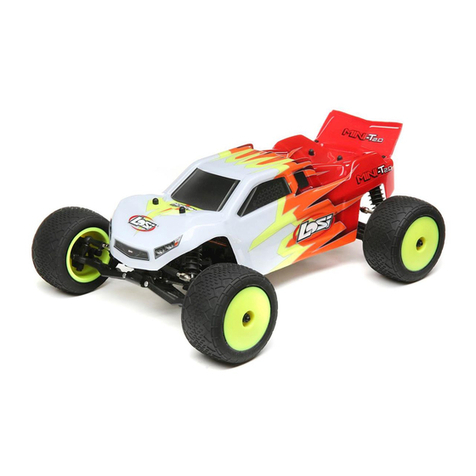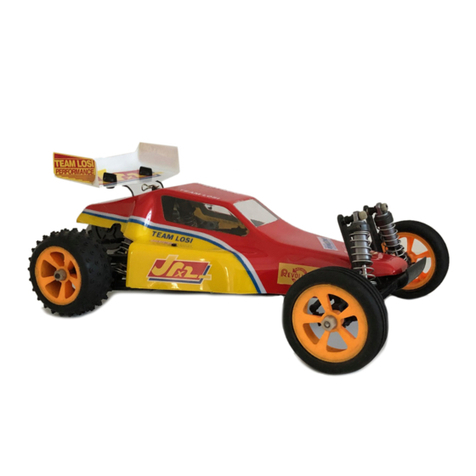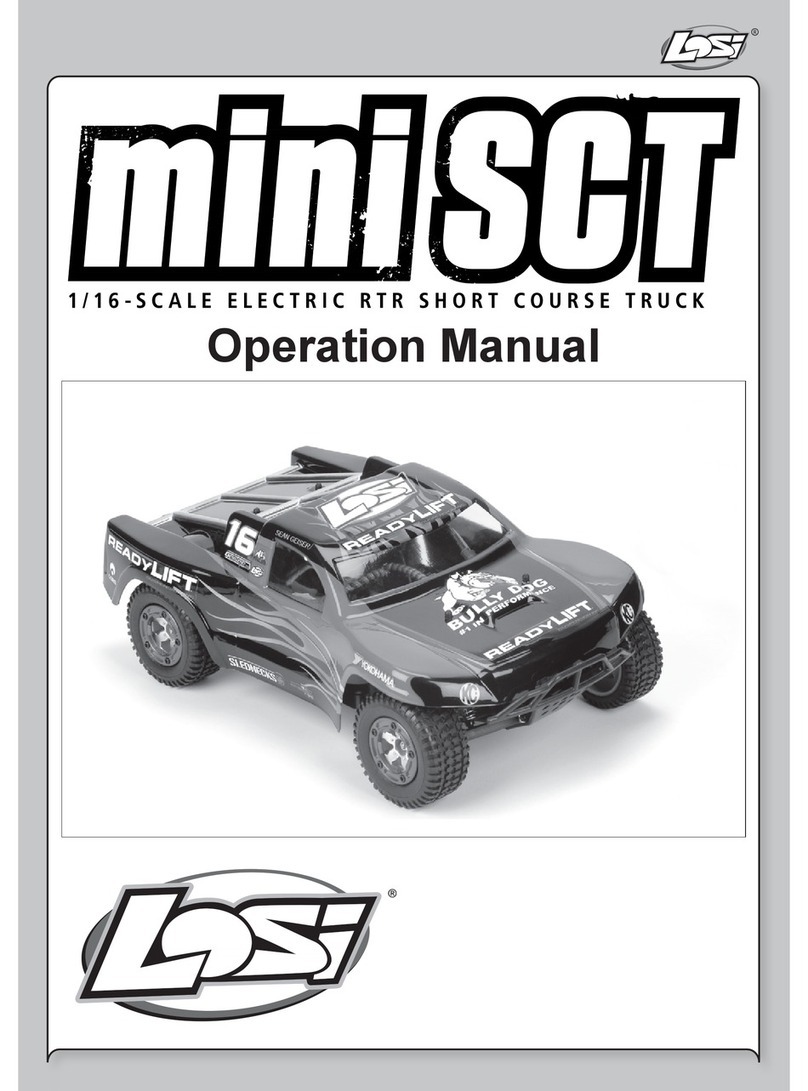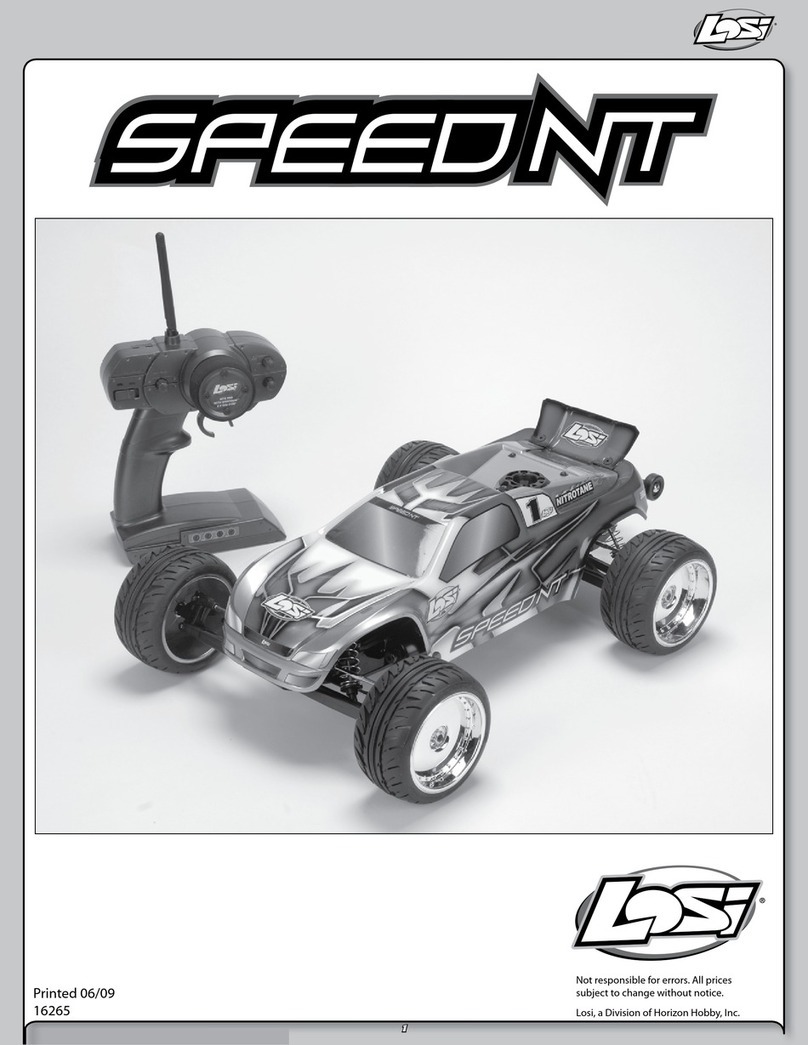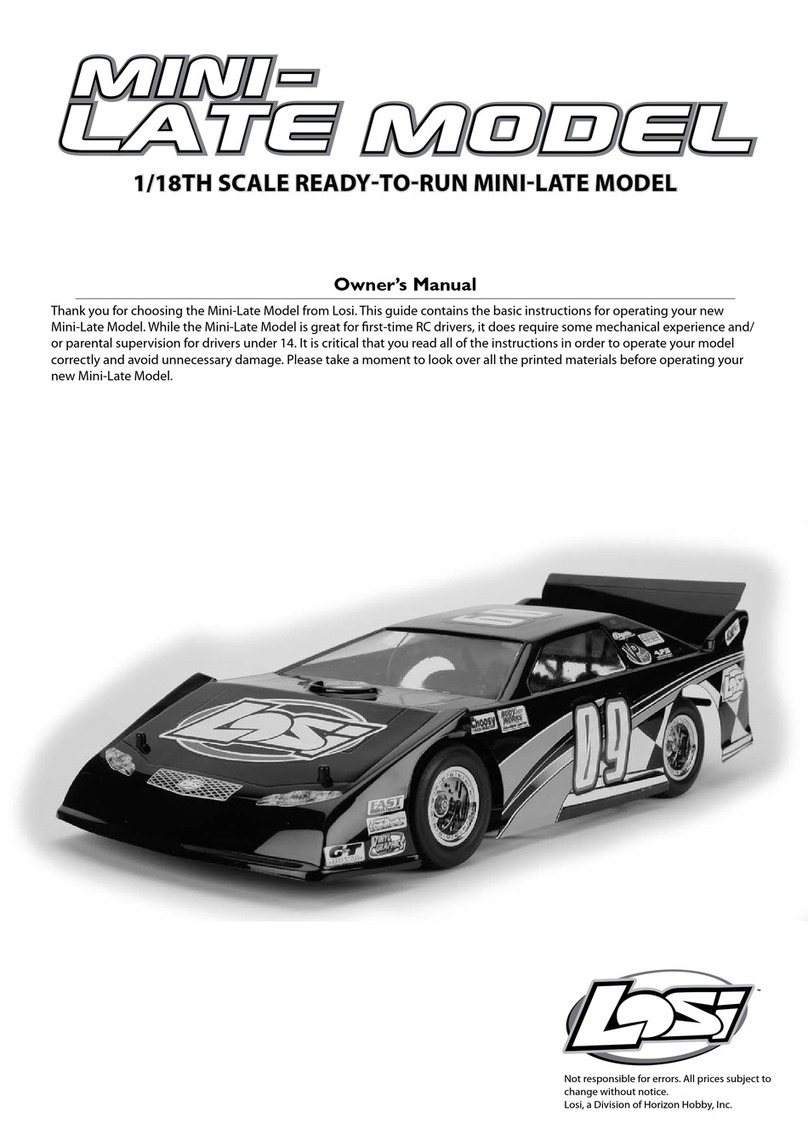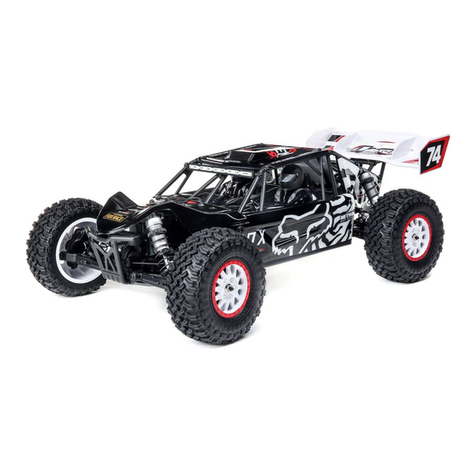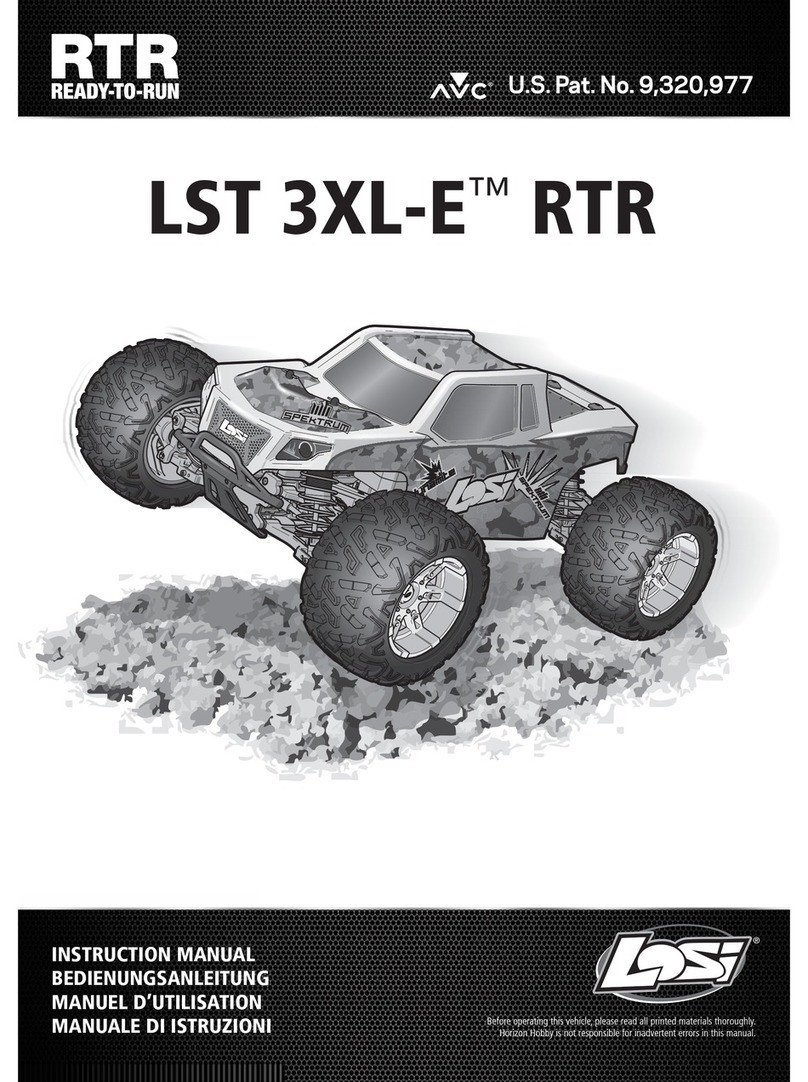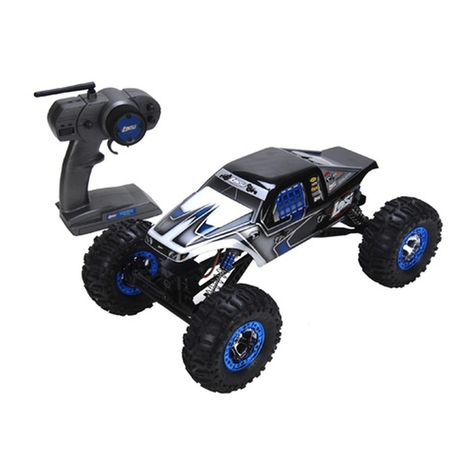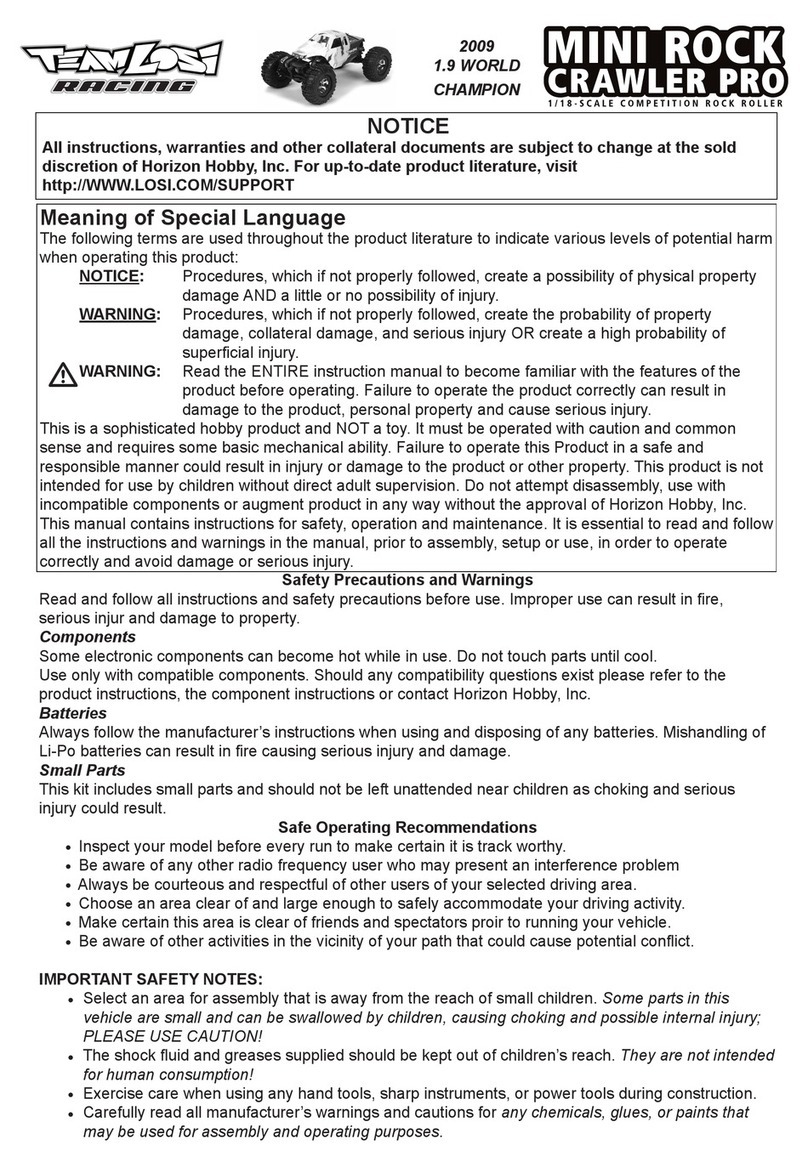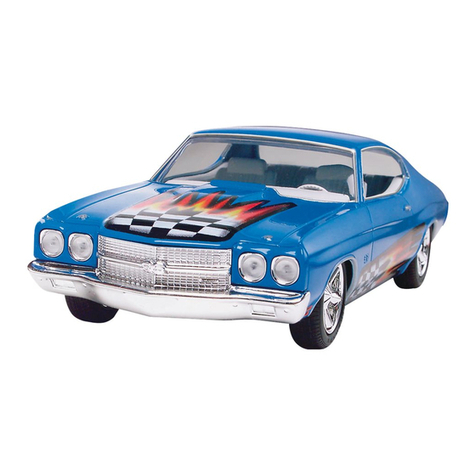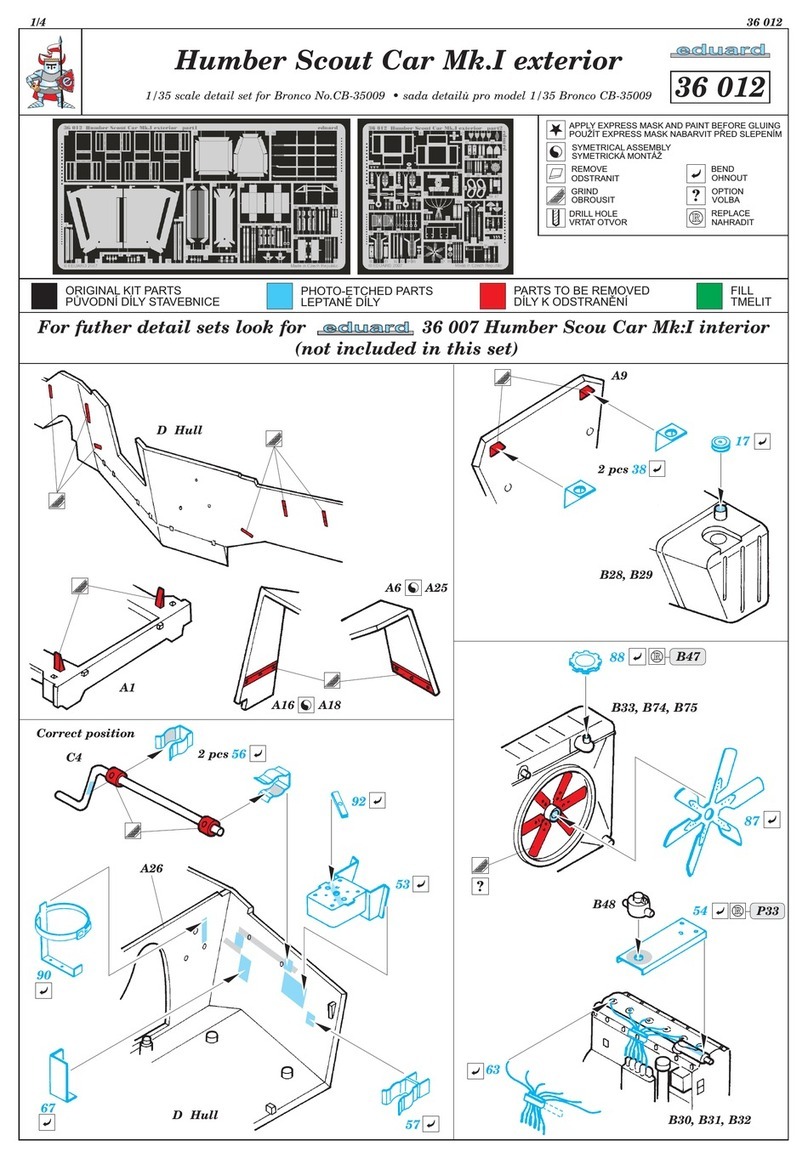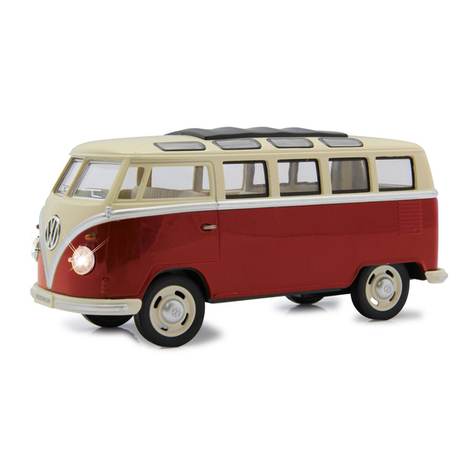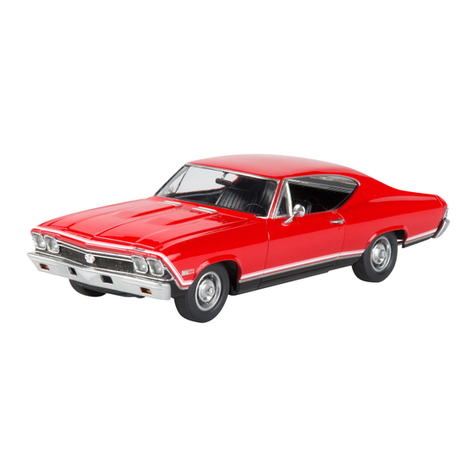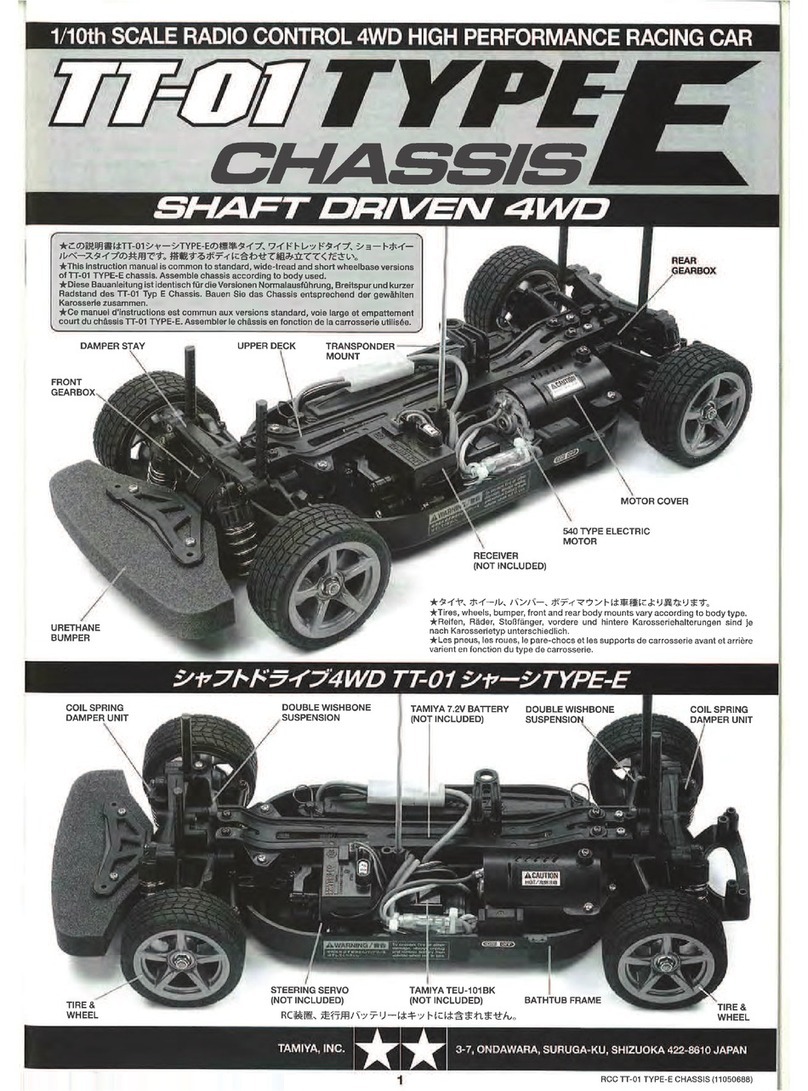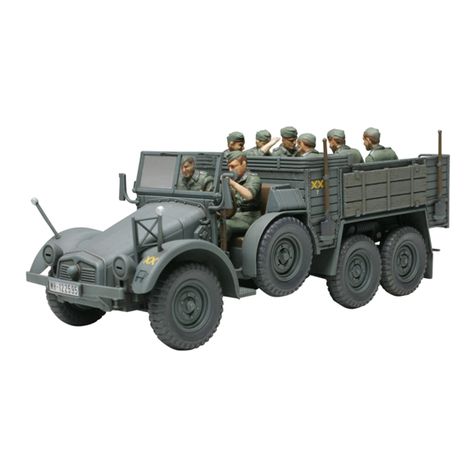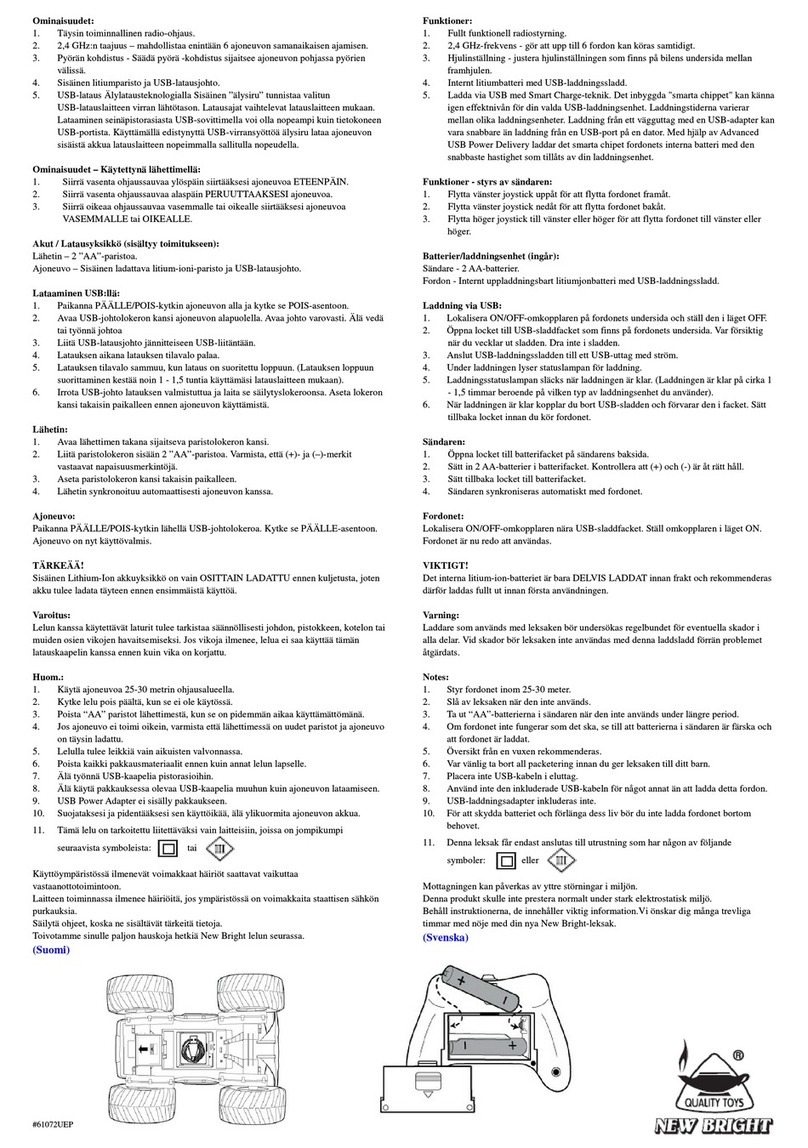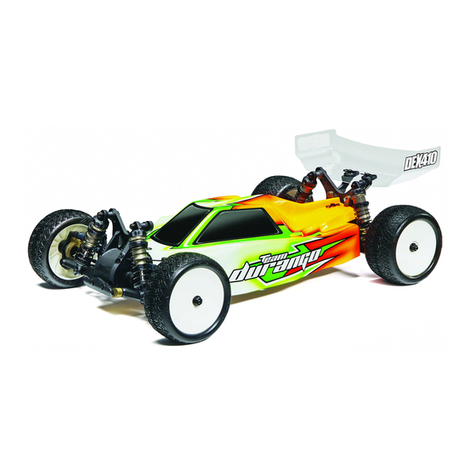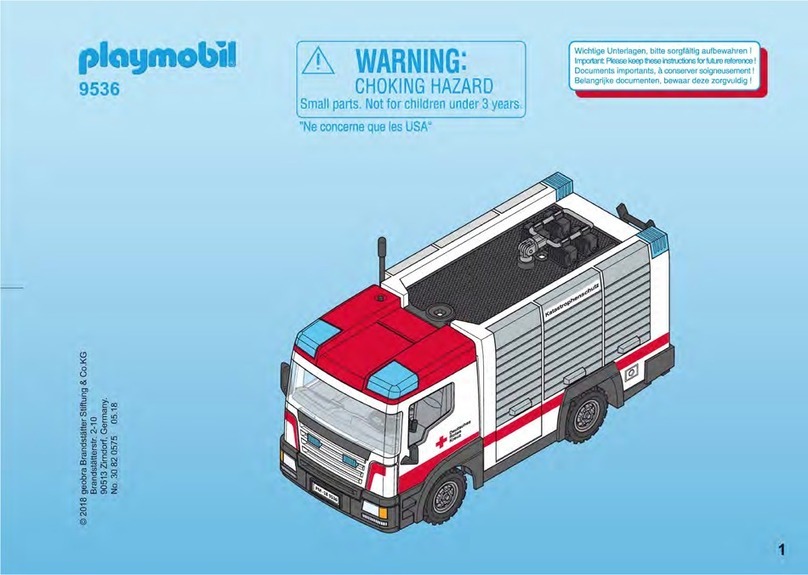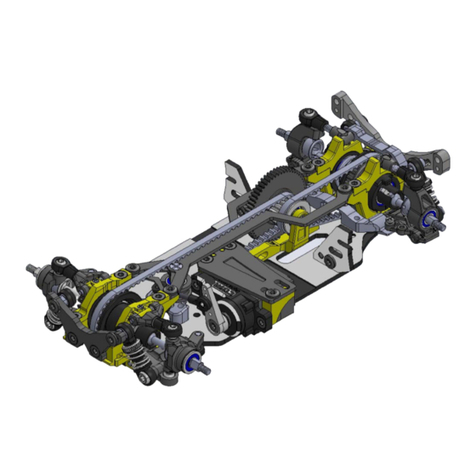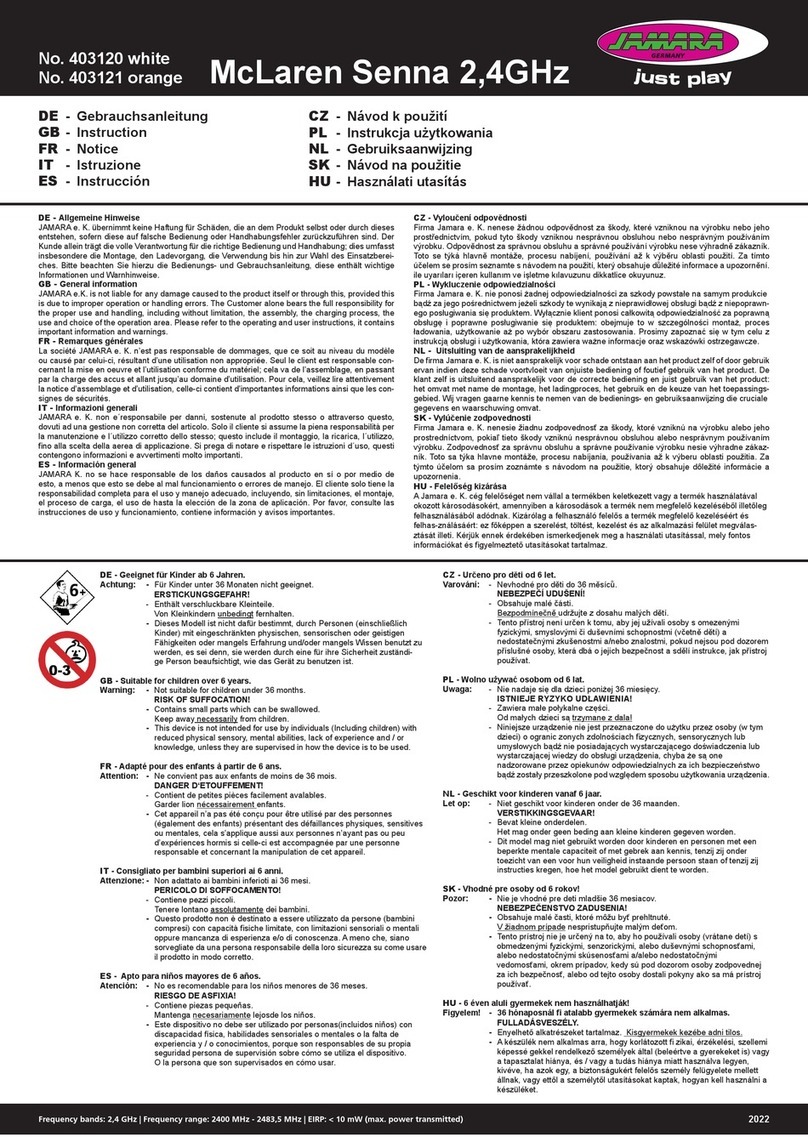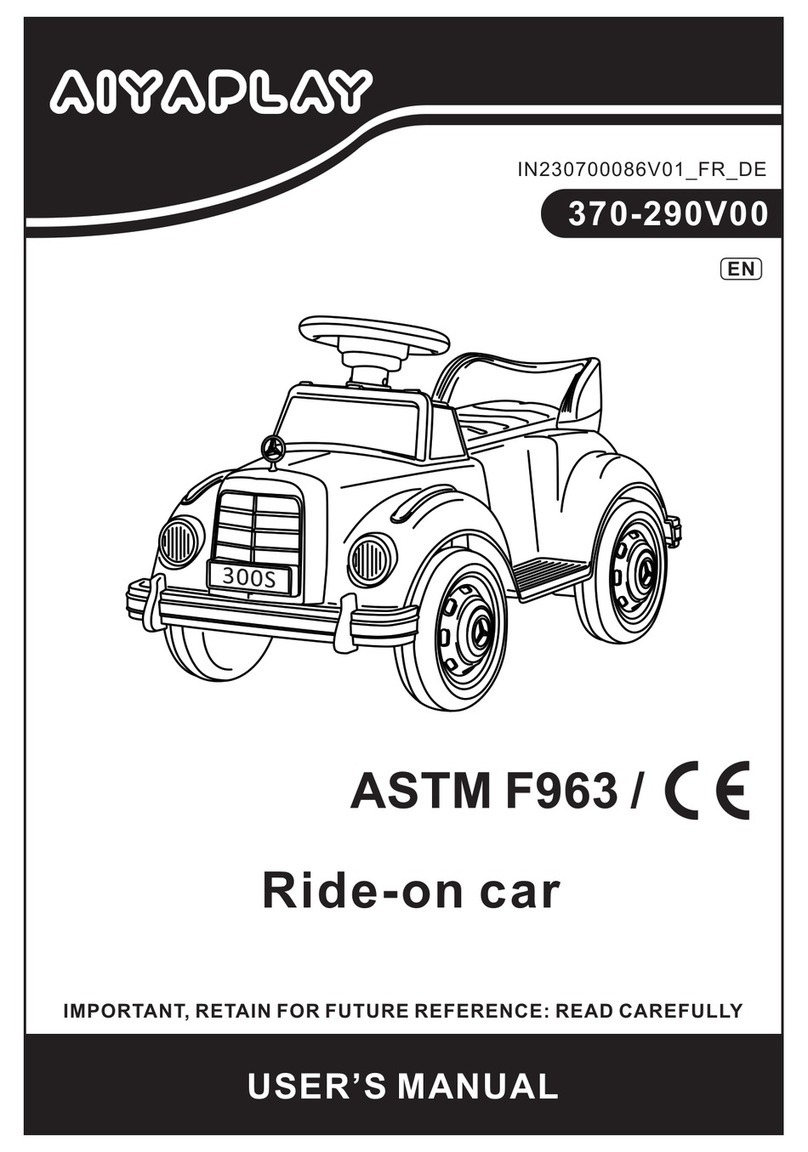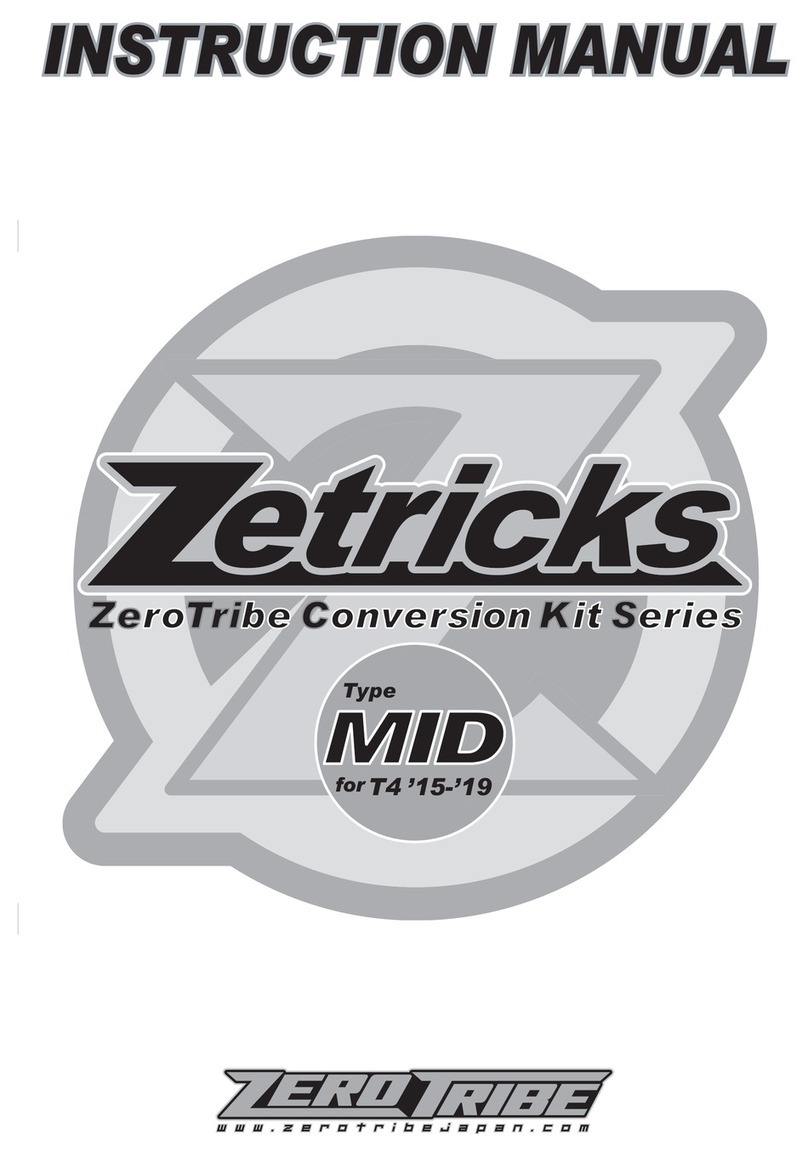WELCOME DOUBLE-XT
•cR•
OWNER!
Thank
you
for
purchasing the new
Team
Losi Double-XT '
CR
'. This kit has been developed using the latest
technology and design techniques available. Oouble-X technology debuted
of
at the '93
IFMAR
World Championships,
and proceeded to dominate qualifying. Since then,
the
Oouble-X line of cars and trucks have been in a class
by
themselves.
The
'CR
' takes advantage of countless race winning laps, incomparable design and exclusive composite
materials that
have
all
combined to make
Team
Losi famous worldwide. Our goal is not only to make the chassis pe
rf
orm
better, but also easier to tune for your particular track.
Before beginning assembly
of
this kit, please take a moment to read through the entire instruction manual. This will
help minimize building time and get you on the track sooner.
You
should find our sequential assembly process to
be
quick
and
easy
to follow.
We
have included assembly tips throughout
the
manual as well as a separate tuning section to
help you
set-up
your 'CR' for optimum performance.
Good luck, and thank you
for
choosing
Team
Losi.
1. INTRODUCTION
•
DOUBLE-XT'CR' COMPLETED
KI
T DIMENSIONS
Front Width: 12.5"
Length:
15.5"
Wheel
base
:
11
.4
•
All
dimensions at ride height.
NOTES
&SYMBOLS
USED
•
Note:
this
is
a common note. It
is
used to call atten-
tion to
specific
details
of
a certain step in the assembly.
@ IMPORT
ANT
NOTE: Even
if
you are familiar with
Team
Losi
k~s.
be
sureand payattention to these notes. They
pointout
very
important details abouta certain step
in
the as-
sembly.
Do
notignore these notes!
RJ
This
flag
designates a performance tip. These tips
are not
necessary,
but can improve the performance
of
your
Double-XT '
CR'
truck.
KIT/MANUAL ORGANIZATION
The
Team
Losi
Oouble·XT
'CR'
is composed of different
bags
marked A through H. Each bag contains all
of
the
parts
necessary to complete a part
icular
section
of
the
Double·XT
'C
R' truck. Some
of
these bags have subassem-
bly
bags within
them.
It is essential that you open only one
bag
at a time and follow the correct sequence, otherwise
you
may
face
difficulties
in
finding the right part. It is helpful
to read through the instructions for an entire bag prior to
starting assembly.
Key
numbers (in parenthesis) have been
assigned to
each
part and remain the same throughout the
manual.
For
yourconvenience,
an
actual size hardware iden·
tification guide
Is
included with each step.
To
check a part,
hold it against
the
silhouette until the correct part is identi·
lied.
In
some cases extra hardware has been supplied to .
I
Rear Width: 12.6' Height: 5.5'
Weight will vary depending on accessories.
replaceeasilylostparts. Differentfits have
been
designed
into plastic parts (i.e. press, net, loose).
To
insure that parts
are not lost during construction, it
is
recommended that
you work over a towel or mat to prevent parts from rolling
away.
IMPORTANT SAFETY NOTES
1.
Select an area for assembly that is away from the
reach
of
small children.
The
parts in the kit are small and
can
be
swallo
wed
by
children, causing choking
and
possible
internal injury.
2. The shock fluid and greases supplied should be
kept out
of
children's reach. They were
not
intended for
human consumption!
3.
Exercise care when using any hand tools, sharp
instruments, and power tools
dur
ing construction.
4.
Carefully read
all
manufacturer's warnings andcau·
tions tor any glues
or
paints that may
be
used for assembly
purposes.
TOOLS REQUIRED
Team
Losi has supplied all allen wrenches and a spe-
cial wrench that is needed for assembly and adjustments.
The follow
in
g common tools will also be required: Small
flatblade screwdriver, needle nose pliers, regular pliers, scis·
sors
or
other body cutting/trimming tool. 3/16', 1/4', and 3/
8"
nut drivers are optional.

